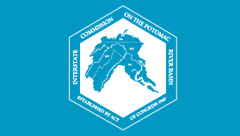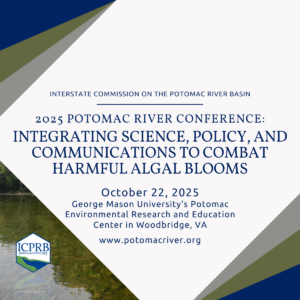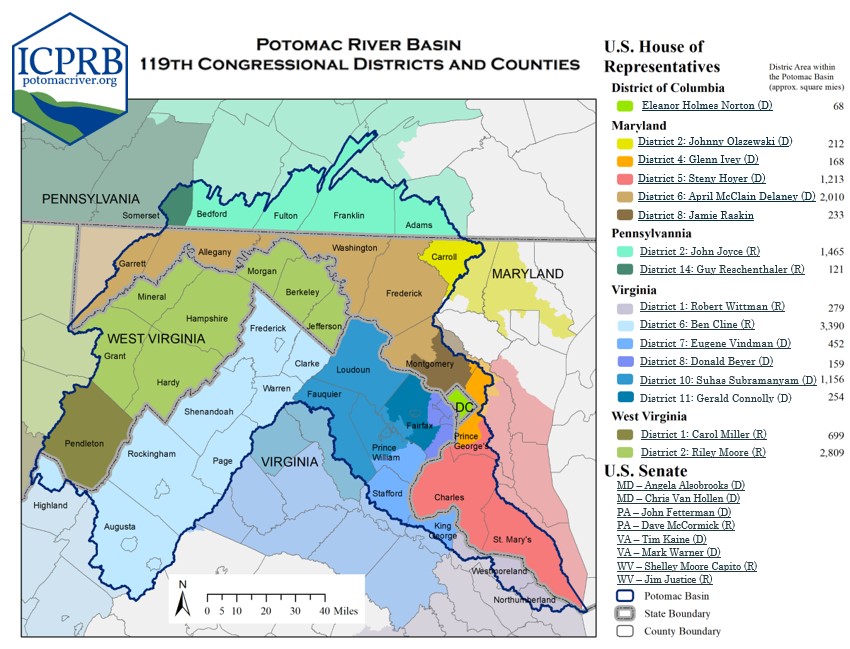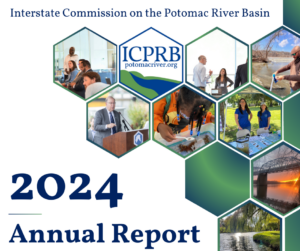News From Around the Basin – May 8, 2025
River Report: Water Supply Outlook for May
According to the recently published Water Supply Outlook, as of May 1, 2025, the probability of needing water supply releases from the Washington metropolitan area’s backup reservoirs during summer and fall 2025 remains above normal.
Other key points:
💧 April brought only 2.2 inches of precipitation—1.0 inch below normal—raising the 12-month cumulative deficit to 7.6 inches.
📈 Streamflows remain low basin-wide, with particularly dry conditions in Virginia’s Shenandoah region and Northern Virginia.
📏 USGS gages at Point of Rocks and Little Falls recently dropped below historical minimums and are in a region of extreme hydrologic drought.
🕳️ Groundwater levels also declined slightly in April, with much-below-normal conditions persisting in central Maryland and Northern Virginia.
❗ Drought watches and warnings remain in effect across Maryland, Virginia, Pennsylvania, as well as the MWCOG drought watch for the Washington area. The region remains prepared, but continued monitoring and conservation are encouraged.
Read more in the full Water Supply Outlook report >>>
River Report
The recent rain helped the river flows rise above median and are predicted to remain that way in the near future, but 83% of the Potomac watershed remains in Moderate or Severe Drought conditions according to this week’s U.S. Drought Monitor map.
Great news for your garden, rain in the next week will continue the burst of plant life we’ve seen over the past week.
Looking ahead, the U.S. Seasonal Drought Outlook and some of the precipitation and temperature forecasts indicate that conditions could begin to improve by July.
Announcing: ICPRB’s Land Use Webinar on May 30
Join ICPRB at noon on May 30 for the next installation of ICPRB’s Land Use Webinar Series titled Water Quality Impacts of Development in the Potomac River Basin and Strategies for Mitigation.
This webinar explores the impact of construction development on water quality in the Potomac River and discuss mitigation strategies. It will bring together experts from various sectors, including private industry, municipal, and non-profit professionals to share best practices and innovative solutions. ICPRB is hosting this event as part of the implementation of the Potomac Basin Comprehensive Water Resources Plan.
Click here to see the full agenda and register for the webinar >>>





